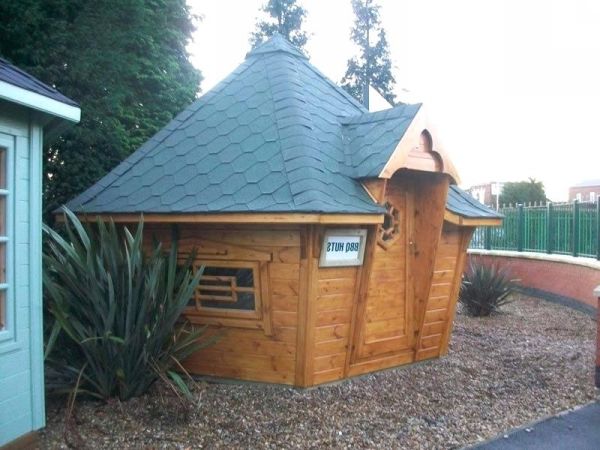Blueprints For Crafting 20x12 A-Frame Outbuilding - Why You Must Posess the Perfect Shed Building Plans
Always drill pilot holes before inserting the nails, to prevent wood from splitting. Install the plates flush with outsides of end rafters. This shed is easy to build, take your time, have fun, and enjoy results of your hard work. Hopefully this will spark some ideas for some people with real skills and they will be able to construct something far superior to this little shed. Since subflooring is nailed or screwed on top surfaces of joists, remove pieces of subflooring in a way that gives you access to tops of studs to nail or screw in replacement timber at trestle centerlines.
These eaves are six inches on center. In all honesty ratio used to make cement is very dependent on your opinion and the environments its exposed to, if you're interested many people have done more detailed explanations on it. Start with the left panel first, then your 2 door panels next making sure to (these details) once again keep the top edge of your panels perfectly flush with your top plate. You will have to shorten the inner top 2-by-4 of the other wall by an amount determined by the thickness of double walls. Framing a patio roof is a lot easier than it seems.
The green posts are for front of the barn. Plastic sheds also come in smaller sizes. Use a hand, circular, table or miter saw for these cuts. Solid-concrete blocks are ideal for building on-grade foundations. A framing nail gun, miter saw and table saw would save you some time and effort but aren't necessary. A patio roof provides shelter and a sense of privacy. Standard wall studs are too short for in-place framing, so builders use regular 8-foot-long, two-by-four lumber, and cut each stud to fit between the top and bottom plates. Even it might look as a straight forward job, there are several aspects that you should pay attention to, such as pouring footings and building double doors.
Install the rafters into place, making sure they are equally-spaced and leave no gaps between components. This one serves for holding fishing and boating supplies and over time they become magnets for various beach treasures like those hanging on here. Make sure corners are right-angled and the edges perfectly aligned before securing the sheet to the joists. However, you will be surprised at how easy it is thanks to wealth of information offered here and other places. Use a level and long board to level top layer of gravel. Measure from one end of joist, and mark it to length with a carpenter's pencil.
Use a miter saw to trim strips to length, as well as segment miter joints for door trim. The first method uses concrete tube forms on gravel with post base brackets on top. Use a chalk line to snap a line between the two. The oldest part of my father's house was large normal bricks, only mud settled, we realized that on the occasion of an extension. This option is relatively inexpensive and is much better than if you were to just build your outbuilding floor right directly on the ground, which is not recommended at all. Then one board at a time using a square and a level keep making form.
Sheds are no longer one-size-fits-all, and they're easier than ever to customize for your needs. Plans only show what you need to install bit not actual dimensions. For a structure of this size, it’s simplest to build a lightweight frame that's exact size of shed, then use frame to mark site. Key to doing this with minimal damage to flooring and joists is to slice only through subflooring and not into joists, which you need to provide stable support for your new fixtures. This gives the pavilion a heavy timber-frame look without timber-framing tools and skills. Then use a variable speed drill with a nut drive in chuck to tighten it just right.
